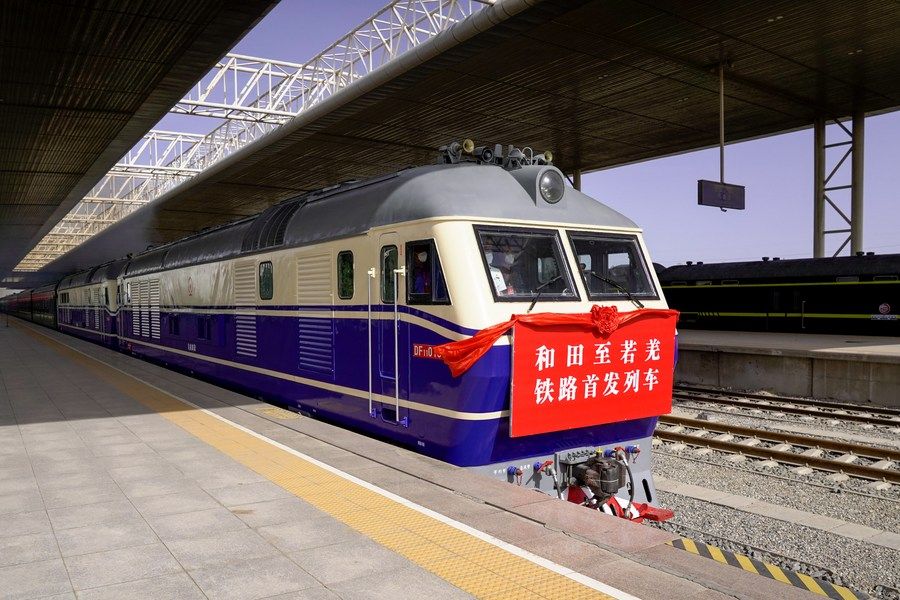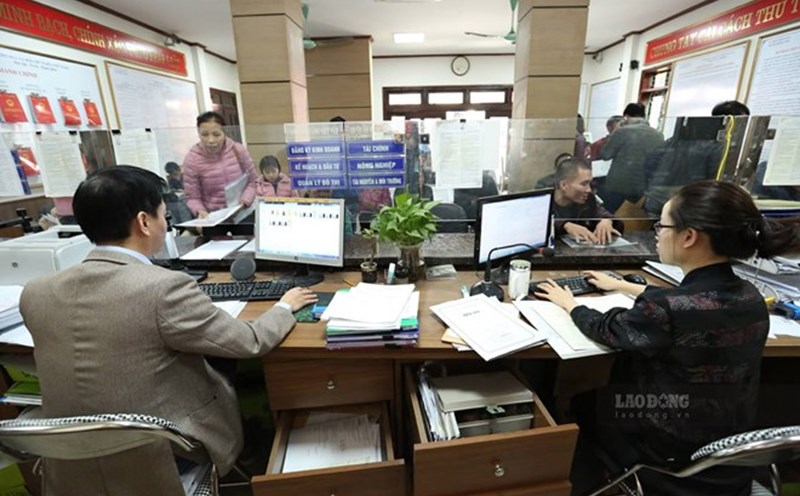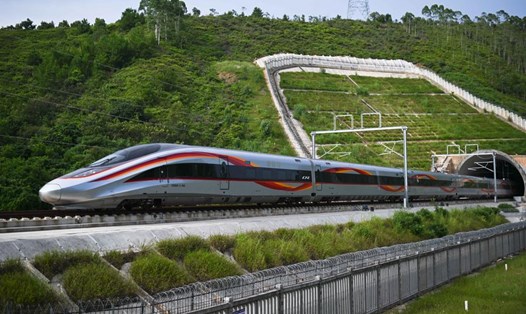In November, China plans to start construction of the 1,980-km-long Xinjiang - Tibet railway, connecting Hotan city (Xinjiang) with Lhasa (Tibet). This is one of the most daring and expensive infrastructure projects in China's history, known by experts as the "project of the century" due to its unprecedented investment scale and technical challenges.
The railway will cross snow mountains, ice and frozen land, at an average altitude of more than 4,500m, making it one of the highest and most severe railway lines in the world.
The state-owned Tan Cuong - Tayban Railway Company was established in August 2025 with a registered capital of 95 billion yuan (about 13.3 billion USD). According to Citic Securities' analysis, the total investment could be up to 400 billion yuan ($56.2 billion) - equivalent to 200 million yuan ($28.1 million) per km, surpassing the entire Sichuan - Tibet route still under construction (estimated at 320 billion yuan).
About 93% of the budget will be spent on infrastructure construction, including 240 billion yuan ($33.6 billion) on civil engineering and 44 billion yuan ($6.1 billion) on equipment, creating a huge boost for domestic manufacturing, construction materials and logistics industries. The project is expected to consume about 40 million tons of cement, contributing to promoting industry in the Northwest region.
For Beijing, this railway line is not only of economic significance, but also a strategic tool in integrating, developing and stabilizing the far-west region.
Both Xinjiang and Tibet are currently the two autonomous regions with the highest growth rates in China - both exceeding 6% in 2024. However, the rugged terrain has limited the connection between the two regions and the rest of the country.
The new railway will connect two strategic regions in the far West and Southwest of China, while opening up trade trade to South Asia, in line with China's Ring Road initiative.

A significant part of the route will run near the China-India thuc te Control (LAC), a border area that is still frequently tense. This has added military-defense value to the project, helping China increase transportation and logistics capabilities in sensitive areas but weak infrastructure.
For Xinjiang, the railway will help export coal, minerals and industrial goods more conveniently. A report by Citic Securities said that the region's annual coal exports have nearly reached 96 million tons - equivalent to the maximum capacity of the current railway system, so the new route is an urgent need.
As for China, which is the most inaccessible region, it will have a railway connecting to Xinjiang for the first time, after having routes to Qinghai, Sichuan and Yunnan.
When completed, the newly established Xinjiang - Tibet railway will significantly shorten travel time between China's two most remote regions, while expanding Beijing's strategic socio-economic influence across the Himalaya region.











